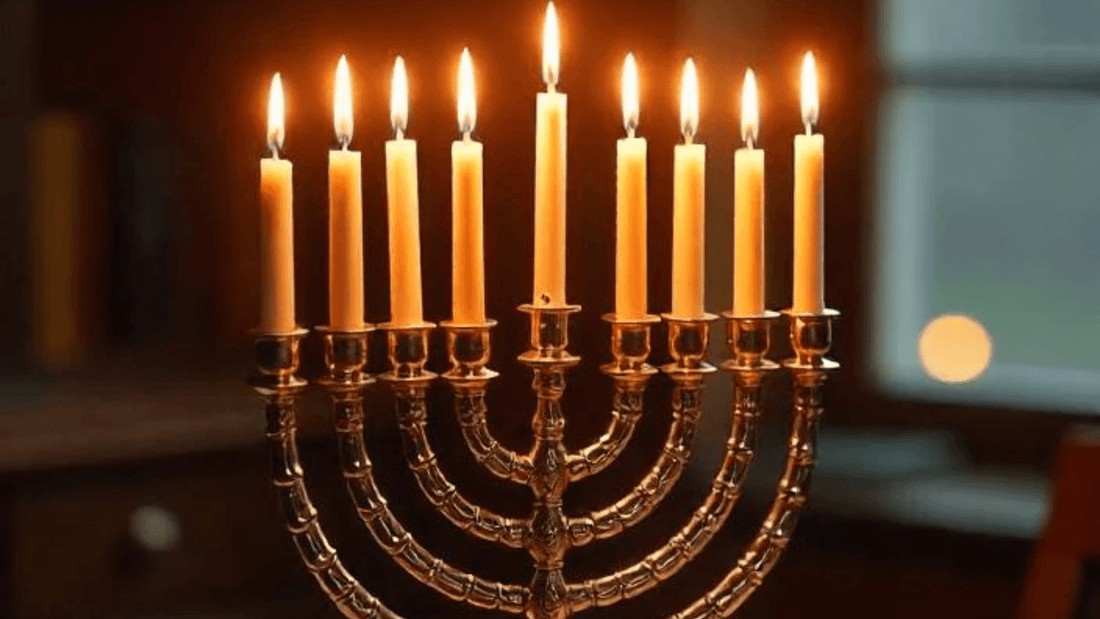
What is the difference between Menorah and Chanukia?
The Menorah (from the Hebrew מנורה - menorah - "lamp, candelabra"), is a seven-branched candelabra, and is one of the main and most widespread symbols of Judaism.
It was originally an object made of beaten, solid, pure gold, made by Moses to be placed inside the Holy Place - the intermediate court between the Outer Court of the Sanctuary and the Holy of Holies - together with the Altar of Incense and the Table of Showbread. It is said to symbolize the burning bushes that Moses saw on Mount Sinai.
Today, the Menorah is a symbol of the State of Israel, along with the Star of David.
Chanukah (Hebrew חנוכיה - hanukiah, pronounced "ranukiah") is a nine-branched candelabra used during the eight days of the Jewish holiday of Chanukah, also called the Festival of Lights.
In this celebration, Jews around the world commemorate the liberation of the Temple in Jerusalem from Greek rule in the 2nd century BCE under the leadership of the Maccabees and the miracle of the oil in a jar - which would last only one day - which burned in the Temple candelabra for eight days. This is the reason for the nine branches of the Chanukah, with the middle, most prominent branch being called Shamash (servant), because the candle that is placed in this branch is used to light the candles that are placed in the other eight branches.
* To differentiate more easily, remember: The Menorah has 7 candles and Chanukiah has 9 candles .

